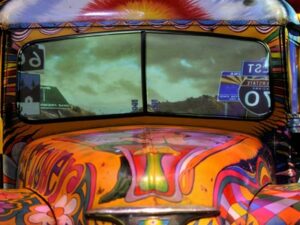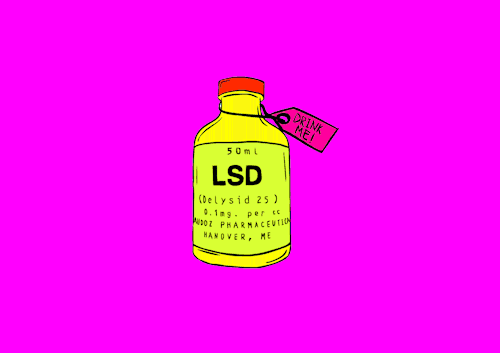The psychedelic drug LSD has been called acid, blotter, California sunshine, dots, Electric Kool-Aid and countless other colorful nicknames since it was first sold on the street in the early 1960s. It makes sense that LSD would be popular. It’s easy to take — it’s colorless, odorless and tasteless — and ingesting just a tiny amount (25 micrograms, or 0.000025 grams, less than the weight of two salt grains) is enough to feel the effects. It’s also easy to conceal, since today’s doses are usually found on tiny squares of absorbent paper. LSD can be difficult to detect, because of the small amount ingested and the fact that it’s quickly metabolized by the body. Finally, LSD is cheap compared to other drugs. A single dose usually costs no more than $5, and often it can be gotten for free.

The same things about LSD that would make it popular also make it scary, and we’ve been warned about its many dangers at one time or another. For example, you may have been told that LSD can “fry” or put holes in your brain, or make you go insane and do dangerous things. Supposedly people have leapt from buildings or overpasses while tripping or have drowned because they thought that they could walk on water. There are tales that people seeking to hook children on LSD have put the drugs on postage stamps or lick-and-stick tattoos. Not all of these things are true. In fact, many of the things we’ve been told about what LSD does, and what people do under its influence, are myths or exaggerations created to frighten impressionable teenagers.
|
Other Drugs
|
The truth is, although LSD has been around for more than 60 years and been taken by thousands upon thousands of people, it’s still not very well understood by most of us. Although it will forever be associated with hippies and the 1960s counterculture movement, LSD was first synthesized by researches seeking to create new medicines. Let’s begin with the video bellow.
